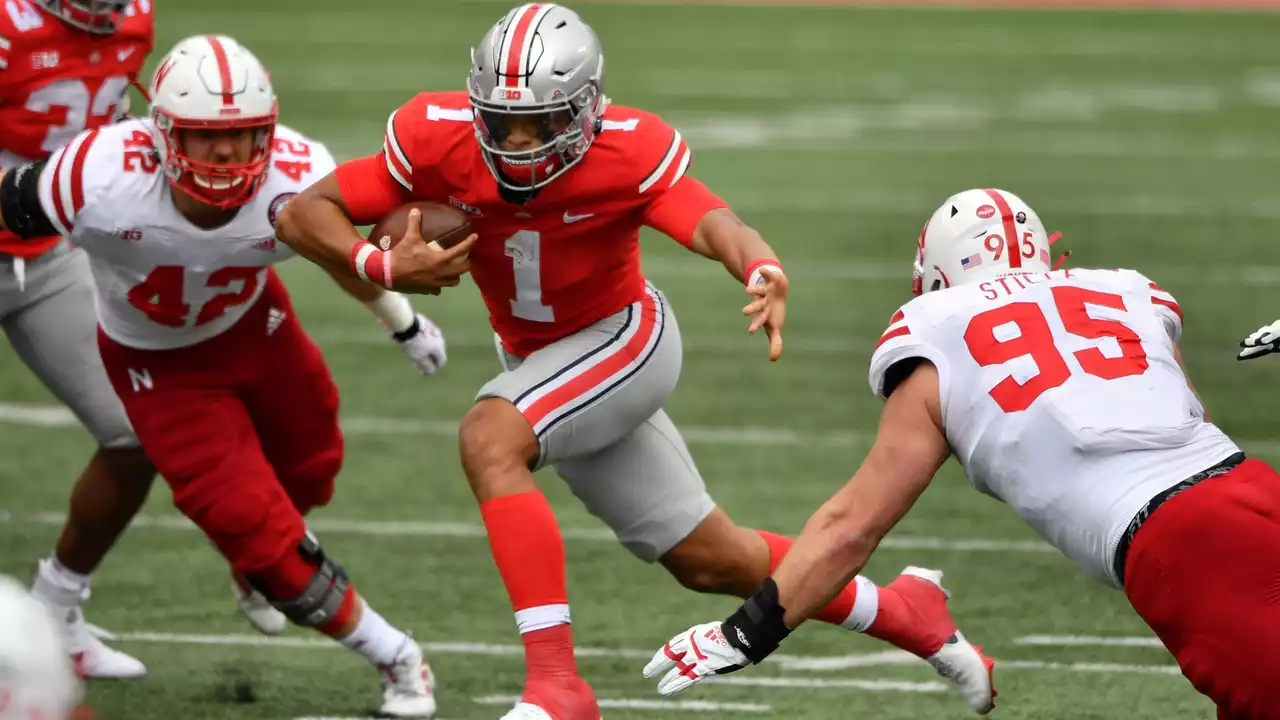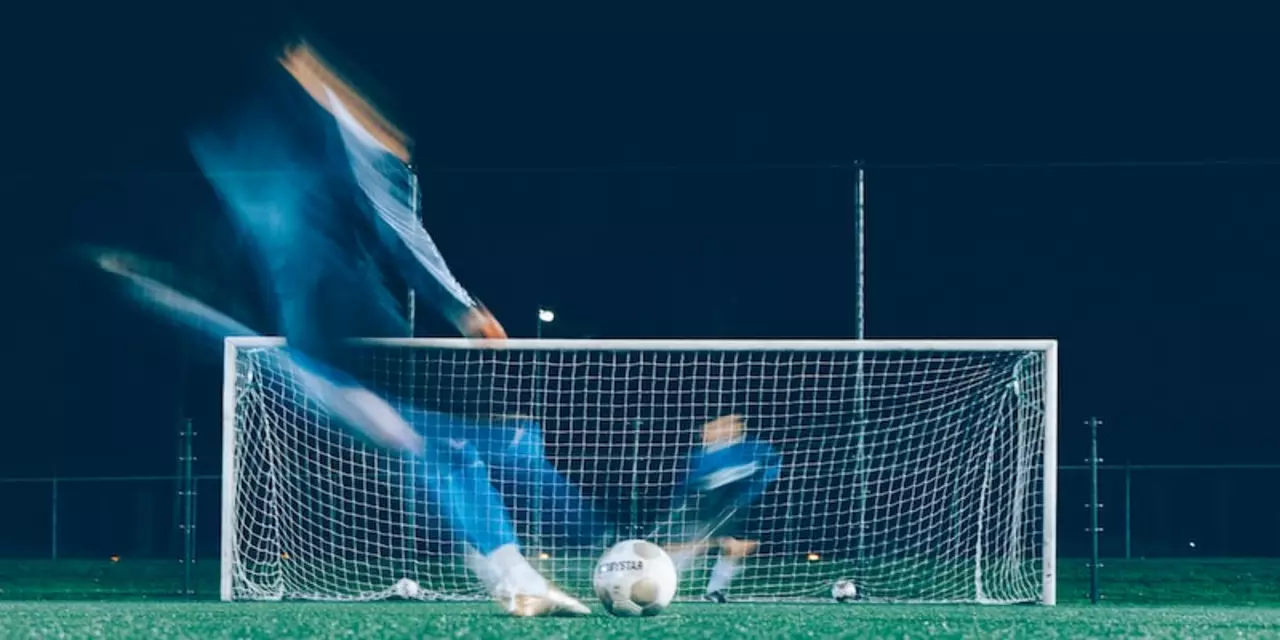Improvement Strategies You Can Use Right Now
Ever wonder why some athletes keep getting better while others stall? The secret isn’t magic – it’s a set of simple strategies that work across sports, work and daily life. Below you’ll find easy‑to‑apply ideas that have helped players, professionals and everyday people level up.
Set Clear, Measurable Goals
The first step in any improvement plan is a goal you can actually see. Instead of saying “I want to be better at basketball,” try “I’ll increase my free‑throw percentage from 65% to 75% in eight weeks.” Write the number down, pick a deadline, and track progress daily. When you can look at a chart and see the line moving up, motivation stays high.
Break Down the Skill
Big skills are just a collection of tiny actions. Take a soccer player who wants a stronger kick. He should practice foot placement, body rotation, and follow‑through separately before combining them. The same works for a project manager: split a big report into research, outline, drafting, and editing. Master each piece, then put them together.
One of our readers tried this with a running routine. He split his mile‑time goal into “warm‑up jog,” “steady pace,” and “cool‑down stretch.” After two weeks he shaved four seconds off his personal best. The lesson? Smaller steps lead to steady gains.
Another simple trick is the “feedback loop.” Record a practice session, watch it, note three things to fix, then work on those in the next session. The loop creates a fast cycle of learning and adjustment. Athletes on our podcast swear by it, and we’ve seen it work for coders learning new APIs too.
Use the Right Recovery Tools
Improvement isn’t just about doing more; it’s about doing it smart. LeBron James invests millions in recovery – foam rollers, sleep masks, nutrition plans. You don’t need a million dollars, but you do need rest. A 20‑minute nap after a hard workout can boost muscle repair by up to 30%.
Try a simple post‑activity ritual: hydrate, stretch for five minutes, write down how you felt. This habit turns recovery into data you can use to tweak training. Over time you’ll notice patterns like “I’m slower on days I skip the stretch.”
Stay Consistent, Not Perfect
Perfection stalls progress. It’s better to train three times a week consistently than to binge once and burn out. Set a realistic schedule that fits your life – maybe a quick 15‑minute skill drill before work. Consistency builds muscle memory and keeps the brain wired for the habit.
If you miss a day, don’t quit. Add a “make‑up” session later in the week. The key is to keep the momentum rolling, even if the pace changes.
These strategies aren’t limited to sports. A 22‑year‑old who didn’t know any sport used the same goal‑setting and break‑down method to pick up ultimate frisbee. Within three months he felt confident enough to join a local league.
Ready to try one strategy today? Pick a goal you care about, write it down with a number, and start tracking. You’ll be surprised how fast the improvement shows up when you measure it.
Fixing college football requires a comprehensive approach. Firstly, we need to ensure that student-athletes are given adequate academic support, enforcing stricter academic eligibility standards. Secondly, the sport's financial structure needs reform, perhaps by introducing salary caps to curb exorbitant coaching salaries. Additionally, we need to address the health and safety concerns of players by enforcing stricter rules and regulations. Lastly, expanding the playoffs would allow more teams to compete, bringing more fairness to the sport.
View More



